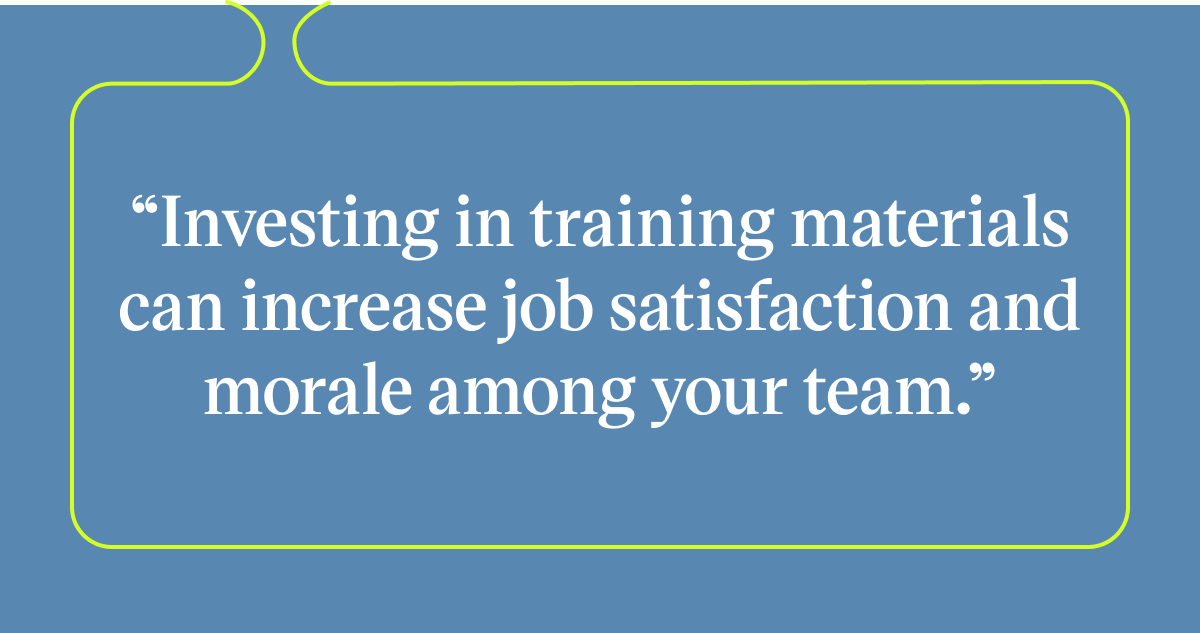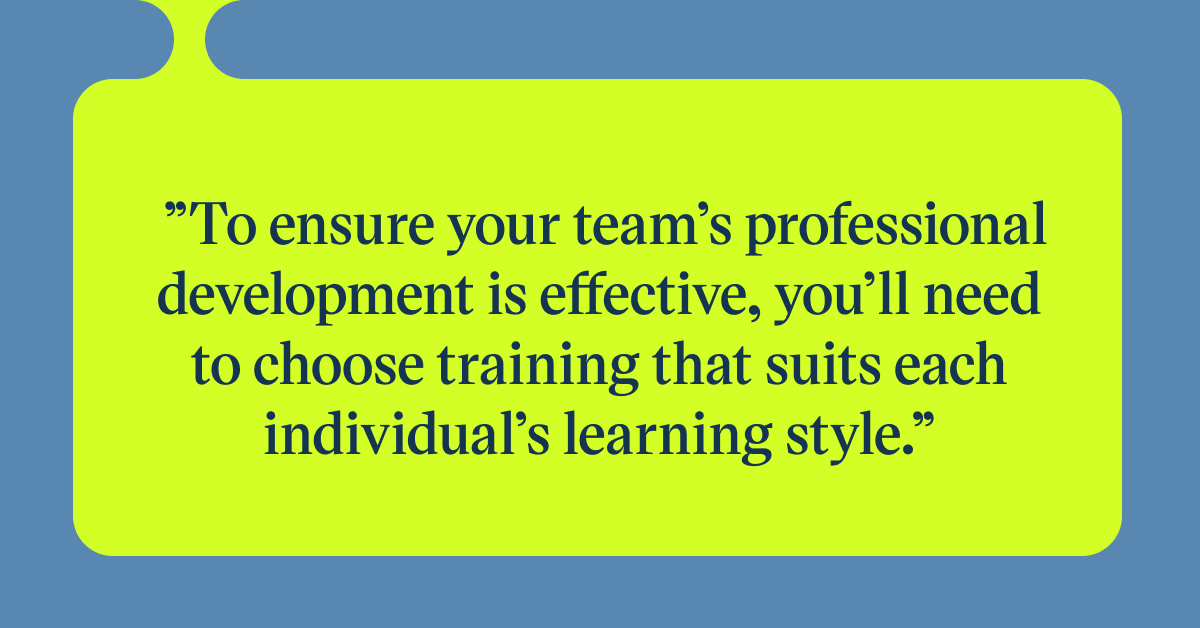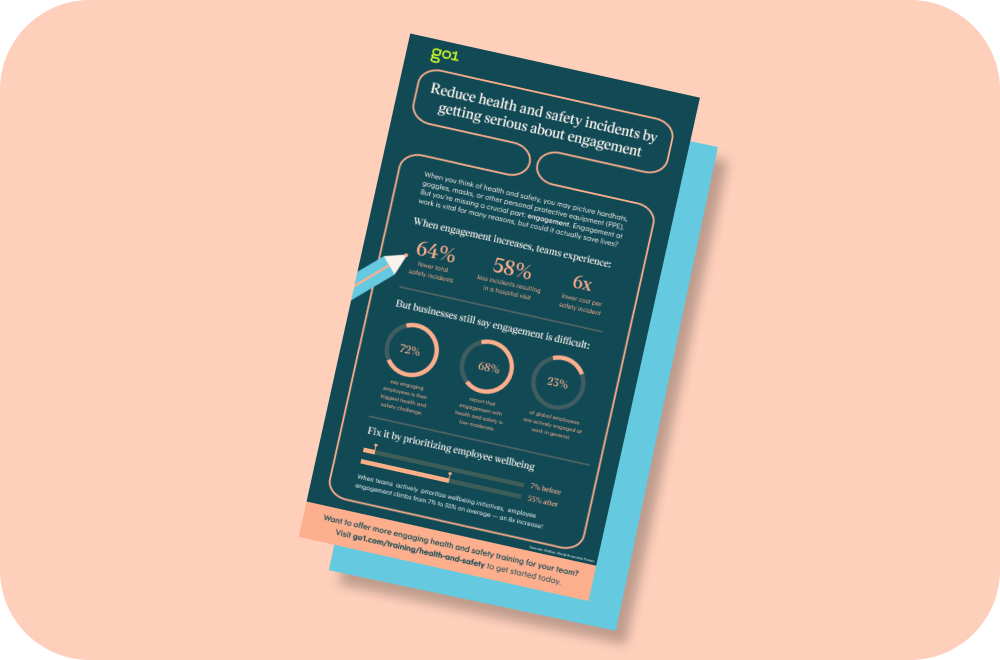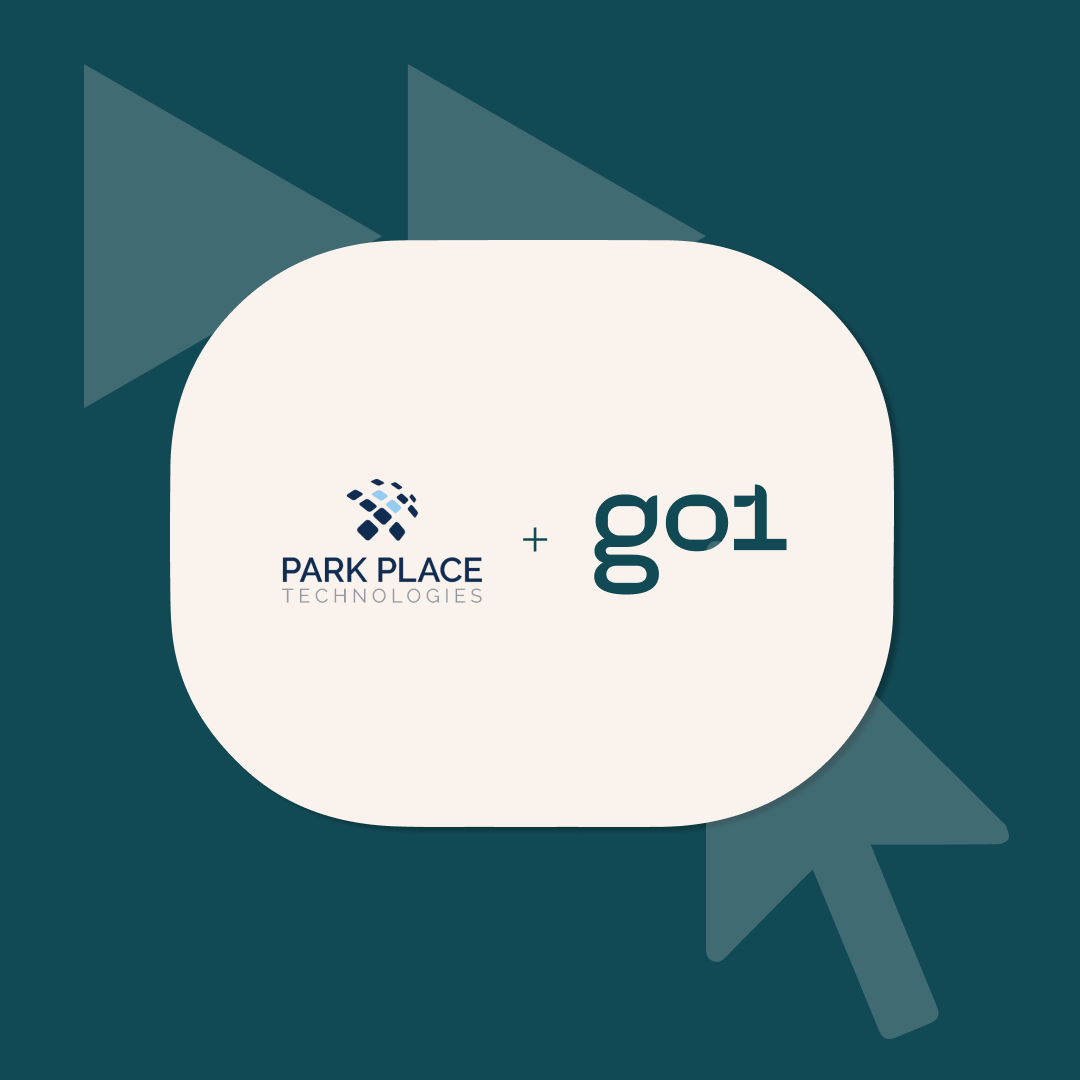
Which professional development model best suits your organizational structure?

In today’s competitive business world, investing in employee growth and development is essential. When researching different approaches to professional development, you’ve likely come across several professional development models. So, which one is the right fit for your workforce?
We’ll explore the importance of professional development in the workplace and the benefits and pitfalls of different professional development models. Accordingly, you can identify the best approaches to professional development for your organization.
Understanding professional development models
Professional development is all about building knowledge and skills in your field. People learn differently, so what works for one employee may not suit another due to different levels of experience and expertise. With this in mind, many different teaching and learning styles are available, known as professional development models.
The importance of professional development
There are several ways your employees can work towards professional development, from skill-based training to increased responsibility in the workplace.
But why is professional development so important? Here are some benefits of professional development for you to consider:
- Enables your employees to stay up-to-date with the latest trends and advancements in their field, which can give your business a competitive edge.
- Can improve employees’ confidence and credibility, which can help your business maintain its reputation.
- Can help employees achieve promotions and raises and take on new responsibilities.
- Can unlock new business revenue and sales opportunities as staff learn new skills, which can boost business growth.
- Ambitious employees will want the opportunity to grow their careers, so investing in training materials can increase job satisfaction and morale among your team.

Common professional development models
Some professional development models you could introduce to your organization include:
- Continuing education: Employees could enroll in formal degree programs, workshops, or courses to develop their knowledge. In doing so, they can achieve certificates, accreditations, or other credentials to boost their credibility.
- Events: Attending local, regional, national, or internal meetings, conferences, and workshops. Not only are events a great learning tool, but they also offer networking opportunities for employees to meet like-minded professionals, grow their confidence, and promote your business.
- Research: Another form of professional development is conducting research. An employee might spend time researching a particular topic or carrying out customer research to improve your service. They could then present their findings for others to learn from.
- Online learning: Online learning allows employees to learn from anywhere in the world at any time. There’s no limit to the topics you can explore through online courses. Online training is more cost-effective than employees attending in-person classes and can easily integrate into your LMS. Check out the benefits of online training for more information.
- Increased responsibilities: Assigning employees new projects, tasks, or assignments to develop their skills.
Evaluating the effectiveness of your chosen model
Once you’ve chosen a professional development model, you’ll need to decide how to measure its success.
One way to measure its effectiveness is to review an employee’s Personal Development Goals (PDGs) and whether the chosen professional development model has helped them reach their goals. Perhaps an employee wanted to improve their presentation skills, so they attended a workshop on public speaking to increase their self-confidence.
Another evaluation method is asking your employees for feedback on your professional development structure. Did they learn what they expected? Would they have preferred a different approach? You could even ask managers for feedback about their employees’ performance post-training to assess its effectiveness.
Key performance indicators (KPIs)
Assigning key performance indicators (KPIs) for your training and development can help you analyze the effectiveness of your professional development models. They also serve as evidence should stakeholders ask if professional development is worth investing in.
Some KPIs you could use to measure the success of your training and development efforts include:
- Job performance
- Training attendance rate
- Time to complete
- Assessment results
- Employee satisfaction rate
- Employee retention rate
- Professional development ROI
Choosing the right professional development model for your organization
The professional development model you choose for your employees should suit their learning style, background, and career goals. You can then analyze the pros and cons of each training method to suit their needs.
Here are some factors to keep in mind when choosing a professional development model:
- Skills gap: Conduct a skills gap analysis. What training do your employees need? Analyze the knowledge and skills they will require to excel in their roles.
- Types of learners: We all learn differently. To ensure your team’s professional development is effective, you’ll need to choose training that suits each individual’s learning style. Some employees may be auditory learners, meaning they learn best by listening through methods like lectures and conferences. Others may be visual learners who digest information best through diagrams or pictures.
- Methods: Would your employees suit in-person training, or would online courses appeal to them more? In-person training is ideal for hands-on skills that require group work and interaction, whereas online learning is more flexible, allowing employees to learn in an environment that suits them.

Implementing your chosen professional development model
Once you’ve chosen the right professional development model for your business, you can decide how to implement employee training.
Creating a business case for professional development can help demonstrate its value to your stakeholders by outlining how professional development will benefit both your employees and the business.
For example, if your chosen professional development model is online learning, you’ll need to choose courses that will benefit your employees the most. Courses are available to suit all levels and abilities, from entry-level employees looking to learn the ropes to senior managers striving for a promotion.
You won’t know if your chosen training model is effective without measuring its impact. You can assess the effectiveness of training through various methods, such as employee surveys, completion rates, productivity, performance, and test scores. From this data, you’ll have evidence to prove professional development’s power and ROI. Be sure to measure the effectiveness of professional development against your goals and KPIs to ensure it’s a good return on investment.
Learn how professional development can transform your business today
Once you’ve decided on the most effective professional development model for your organization, you’ll be ready to upskill your employees. We have an extensive selection of online training courses at Go1. Integrating learning and development into your business’ culture has never been easier.
For more information, check out our ebook on the 5 new thinking habits for a smarter, stronger L&D. Or, you can speak to one of our experts to find out how Go1 can help you upskill your workforce.



